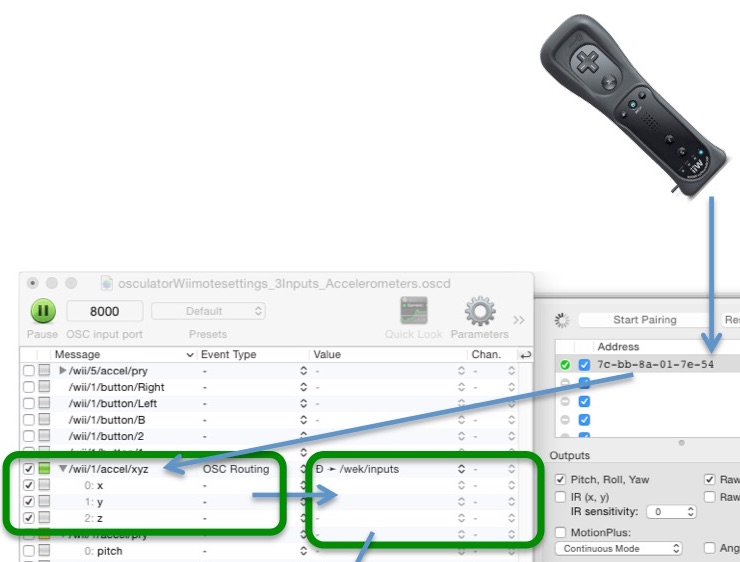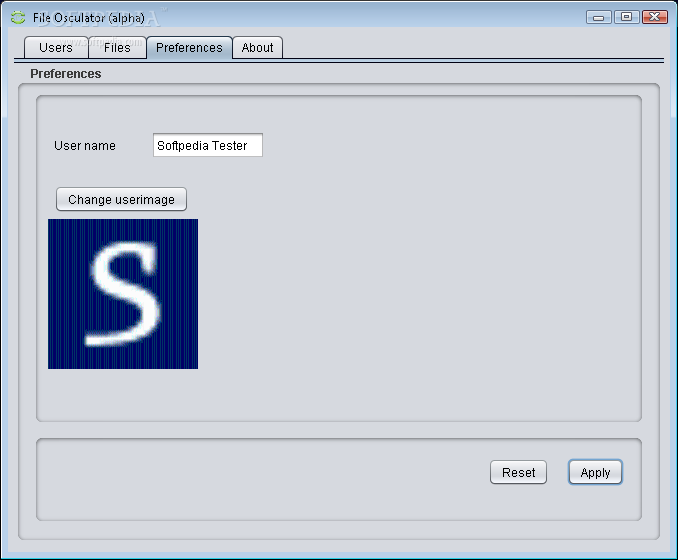

Using a straight line will make it easier to make sure all of your cuts are even. You can always cut it as a straight line or in a pattern, depending on what look you are going for. Use a pencil or marker to trace around the tile where you will be making your cuts. The next step has to do with figuring out where you will be cutting the tile. You don’t want someone getting hurt by the flying debris while you’re cutting the tile into smaller pieces. Wear safety goggles or safety glasses and ensure that there are no bystanders nearby when you start cutting tile. The first thing you need to do is make sure you’re working in a safe environment. A straight edge (some people use a metal rule, others prefer to use their hands as an edge guide).Ĭut Tile With An Oscillating Tool – Step By Step Guide Step 1: Preparation.What you Need to Cut Tile with an Oscillating Toolīefore you start, make sure that you’ve got all of the necessary materials. This guide contains all the steps you need to follow when cutting tiles using this powerful tool.

Tiles come in a variety of colors, shapes, and sizes, and they’re available at any home improvement store. Tiling your home’s floors or walls is an excellent way to make your house more beautiful.
OSCULATOR UHE HOW TO
Each of these methods offers its own advantages, so it’s important that you know how to utilize each one. Now, when it comes to cutting tile, there are a few different methods you can use. Knowing how to cut tile properly can save you time, money and a lot of frustration. If you don’t know what you’re doing, your tile floor can end up looking like Swiss cheese. The process is tedious and can take several hours to complete. A radio receiver OTOH needs quiet signals, and will use a transistor biassed so that it goes into emitter cutoff each cycle, far quieter than the alternatives.There is a certain art to cutting tile. Fine frequency/phase stability of a logic clock is not often required, so the amplitude control of a Pierce clock is done by allowing it to slam against the rails, giving it poor power supply and amplitude noise rejection. There are incidental differences in the use of the oscillator types. When operated with a resonator in the inductor position, it's called a Clapp oscillator.īoth Colpitts and Clapp oscillators can be arranged with different terminals grounded, so the transistor is used in 'common base', 'common collector', or 'common emitter', with the first two appearing to be more popular. This allows the amplifier to be a two-port inverting type like a logic inverter gate, ideal for integration with logic devices, rather than a three terminal device like a transistor that needs biassing.Ī Colpitts oscillator always uses an inductor. The main distinguishing point about the Pierce oscillator is that it has the mid-point of the capacitors grounded.


OSCULATOR UHE SERIES


 0 kommentar(er)
0 kommentar(er)
